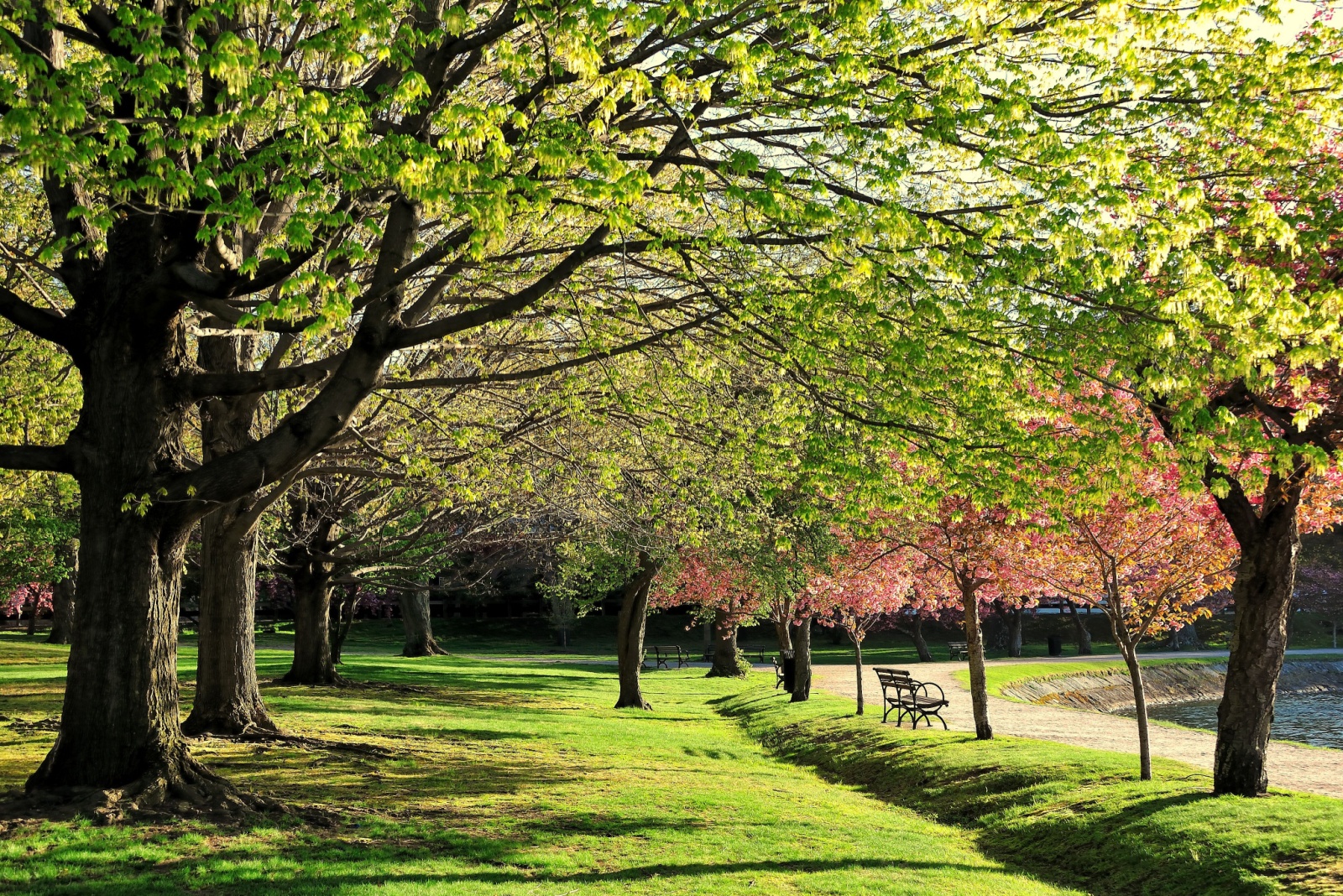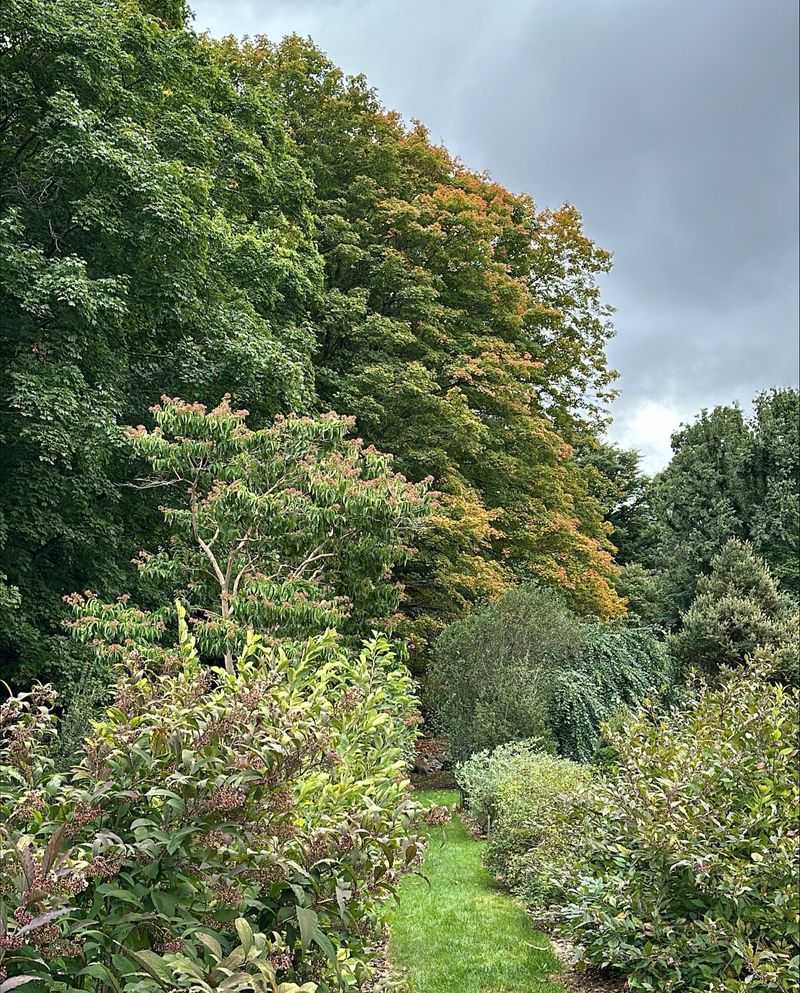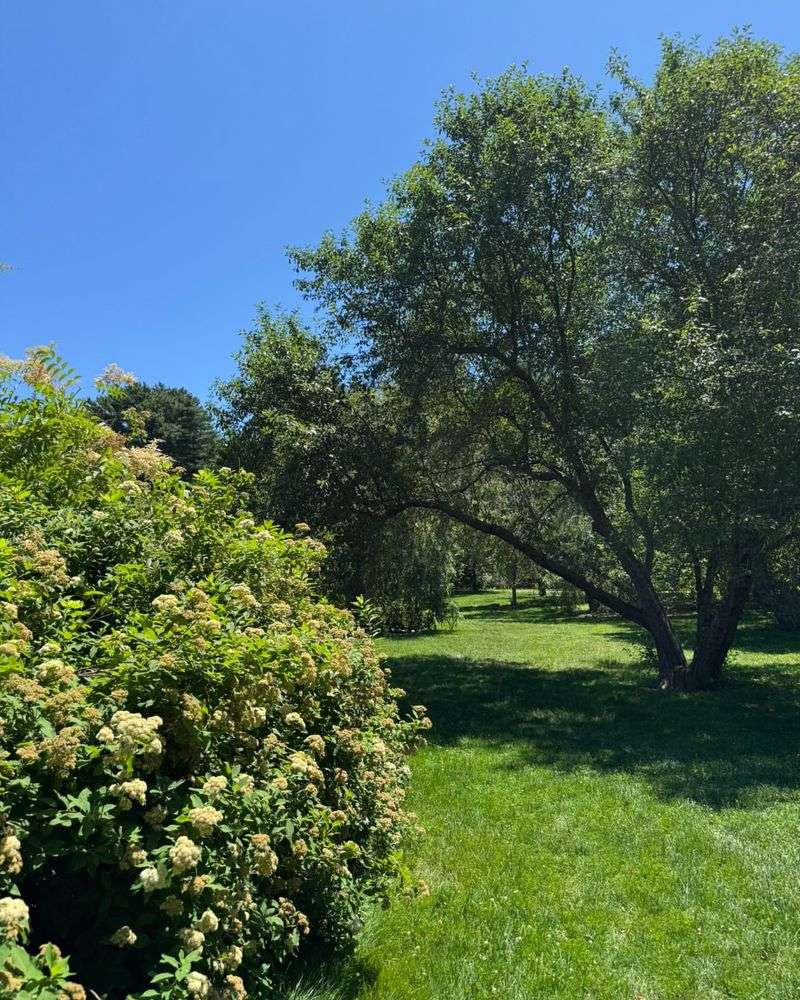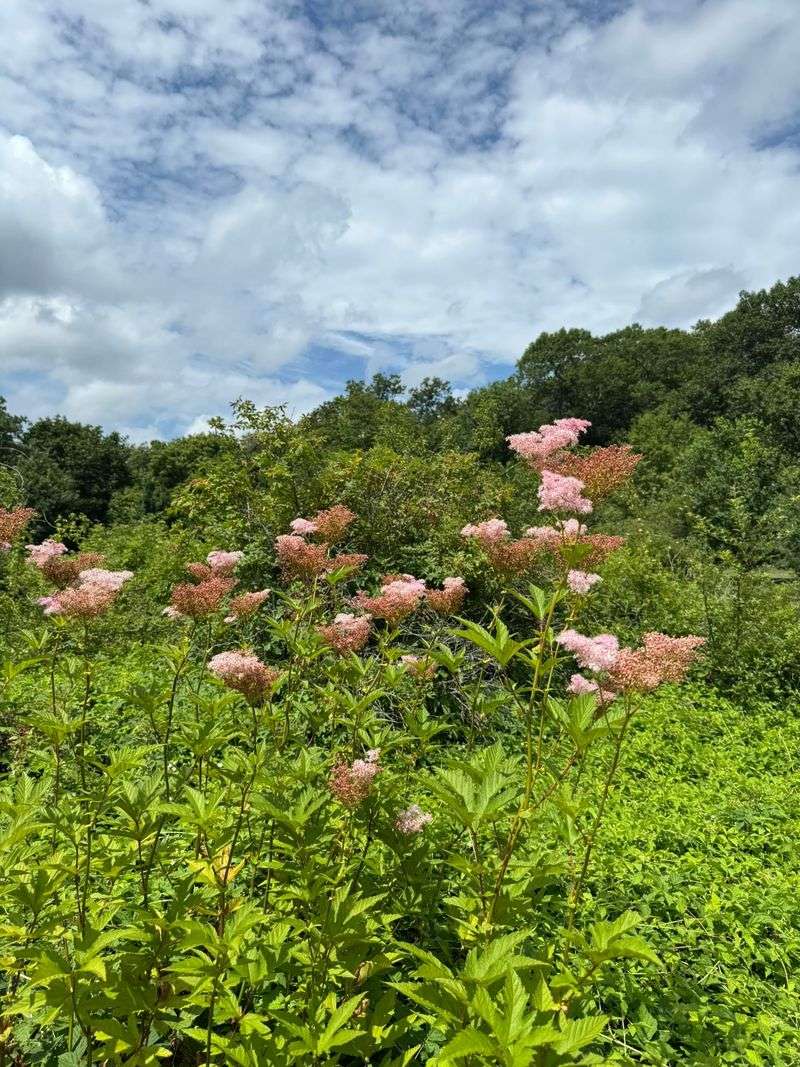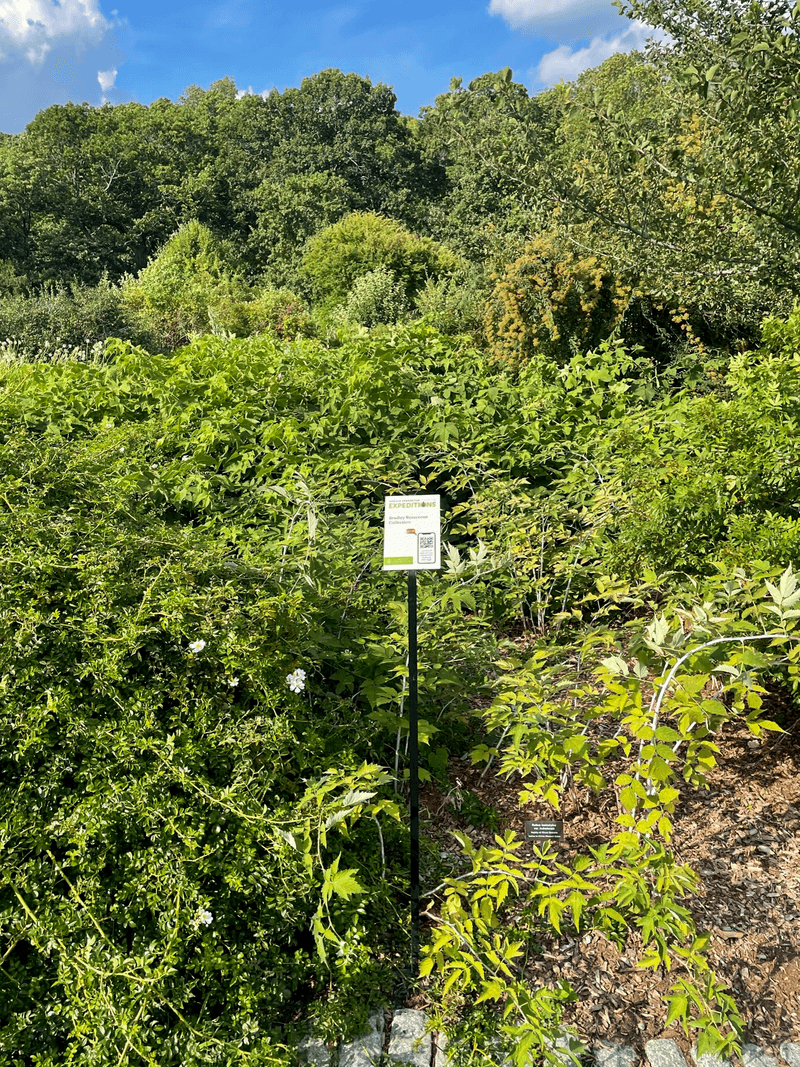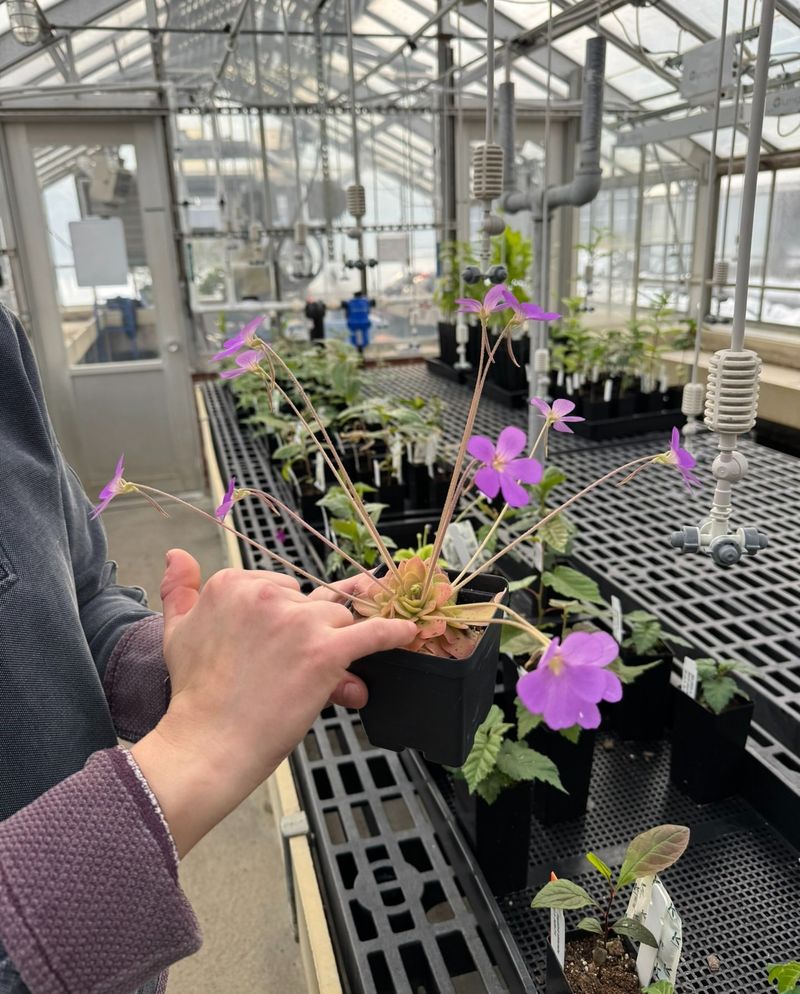Nestled in Boston’s Jamaica Plain neighborhood, the Arnold Arboretum stands as a living museum of trees from around the world. Founded in 1872, this 281-acre landscape houses over 15,000 plants and serves as both a research center and public park.
The Arboretum doesn’t just collect trees – it actively shares its botanical treasures with scientists, students, and nature lovers alike.
1. Free Public Access Year-Round
In Boston, the gates swing open at dawn and welcome visitors until dusk every single day of the year. Unlike many botanical collections, the Arnold Arboretum charges no admission fee, making its extraordinary tree collection accessible to everyone regardless of income.
Families picnic beneath century-old oaks while photographers capture cherry blossoms in spring. Dog walkers, joggers, and bird watchers create a community atmosphere that transforms this scientific collection into a beloved neighborhood resource.
2. Digital Plant Database For Researchers
Behind the scenes, the Arboretum maintains a sophisticated online catalog documenting every specimen in its collection. Scientists worldwide can access detailed information about plant origins, characteristics, and growing conditions without leaving their labs.
The database includes historical photographs, DNA information, and climate adaptation notes. Researchers studying everything from climate change to plant genetics rely on this digital treasure trove to advance scientific understanding of trees and their ecological roles.
3. Educational Programs For All Ages
In Boston, school buses regularly pull up to the Arnold Arboretum’s gates, bringing excited students for hands-on learning experiences. Trained educators guide children through seasonal explorations, teaching botany concepts through games and observation.
Adults haven’t been forgotten either! Weekend workshops cover everything from tree identification to botanical illustration. College students join internship programs, gaining practical experience in horticulture and conservation while helping maintain this living museum.
4. Seed Exchange Network Worldwide
Tiny packets travel across oceans and continents as part of the Arboretum’s global seed exchange program. Staff collect, clean, and catalog seeds from their collections, then share them with botanical gardens and research institutions around the world.
This exchange helps preserve genetic diversity and allows threatened species to grow in multiple locations. Through careful documentation of each seed’s origin, the Arboretum creates living backups of important tree species that might face threats in their native habitats.
5. Mobile App Tree Identification Guide
At Boston’s Arnold Arboretum, smartphone users can turn a casual stroll into a botanical adventure with the Arboretum’s custom mobile app. The digital guide helps visitors identify trees, locate specific specimens, and discover fascinating facts about plants along the paths.
Location services pinpoint exactly where you are among thousands of labeled trees. Seasonal highlights direct visitors to dazzling spring blossoms, summer greenery, or brilliant fall color. The app essentially puts a knowledgeable tour guide right in your pocket.
6. Scientific Publications And Research Opportunities
Knowledge flows from Boston’s Arnold Arboretum through scientific journals, books, and its own publication, Arnoldia. Researchers conduct experiments among the living collections, generating discoveries about plant genetics, ecology, and climate adaptation.
Graduate students complete thesis work on the Arboretum grounds, while visiting scholars from distant countries study specimens not available in their homelands. The Arboretum’s library contains over a century of detailed records documenting plant growth, bloom times, and responses to Boston’s changing urban conditions.

